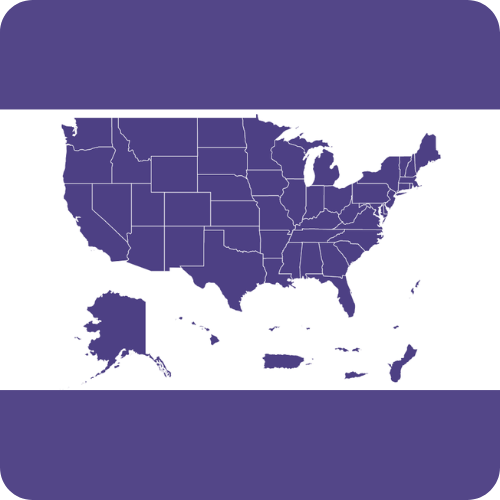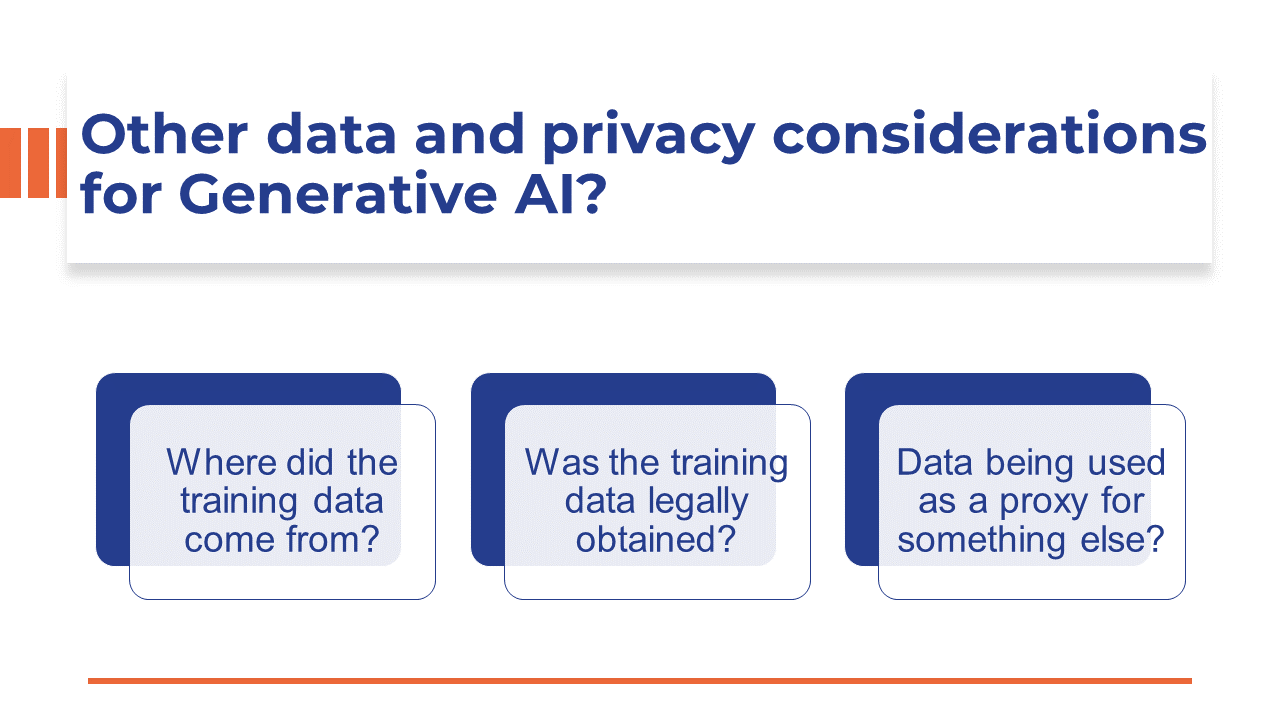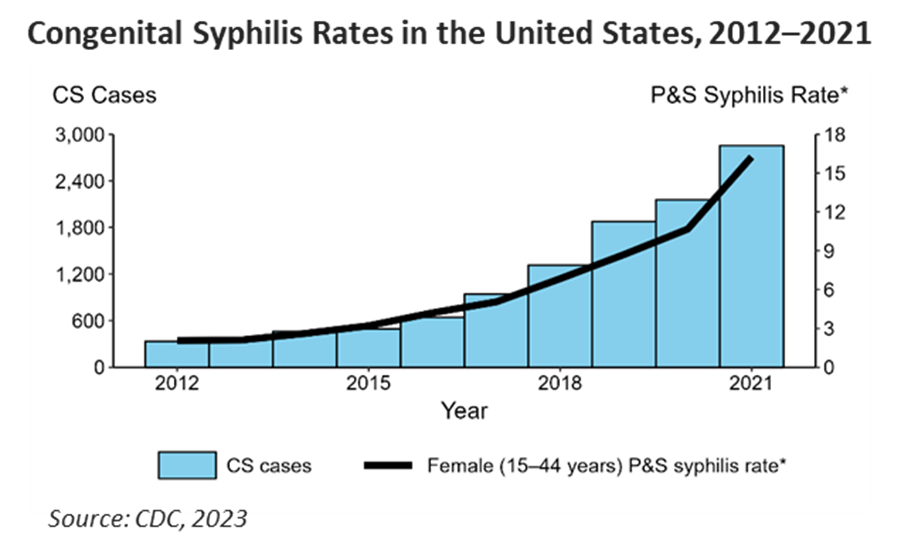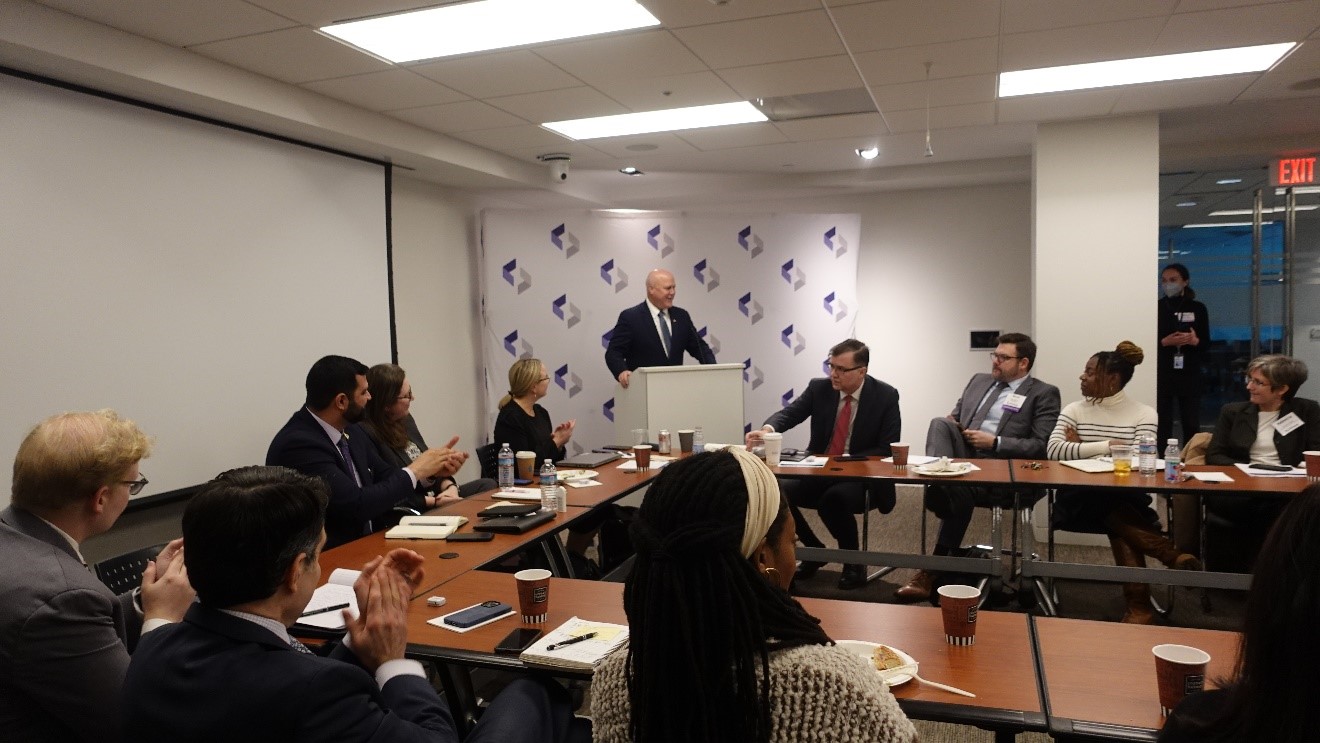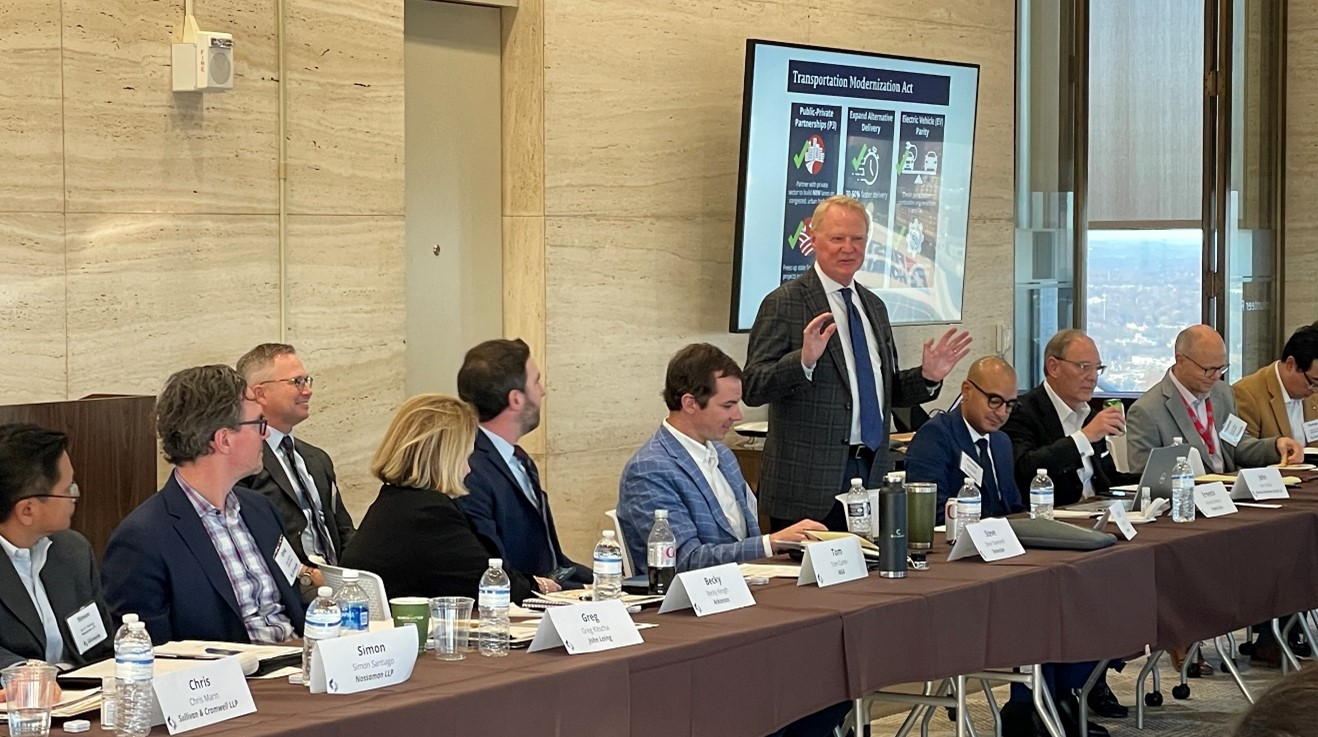As Governors implement their workforce development policy agendas in the face of labor shortages in nearly every sector of the economy, state and national service programs offer a promising strategy to reduce barriers to workforce participation and meet community and employer needs. Intentionally designed “service-to-career pathways” embed career development opportunities into a term of service – incorporating career exploration, coaching, work-based learning, skills training, and credential attainment as part of the service experience. This month, the National Governors Association’s Center for Best Practices (NGA Center), with support from the Schultz Family Foundation, brought together 10 state teams comprised of Governors’ advisors, state workforce development system leaders, and state service commission leaders to explore service as a pathway to economic opportunity.
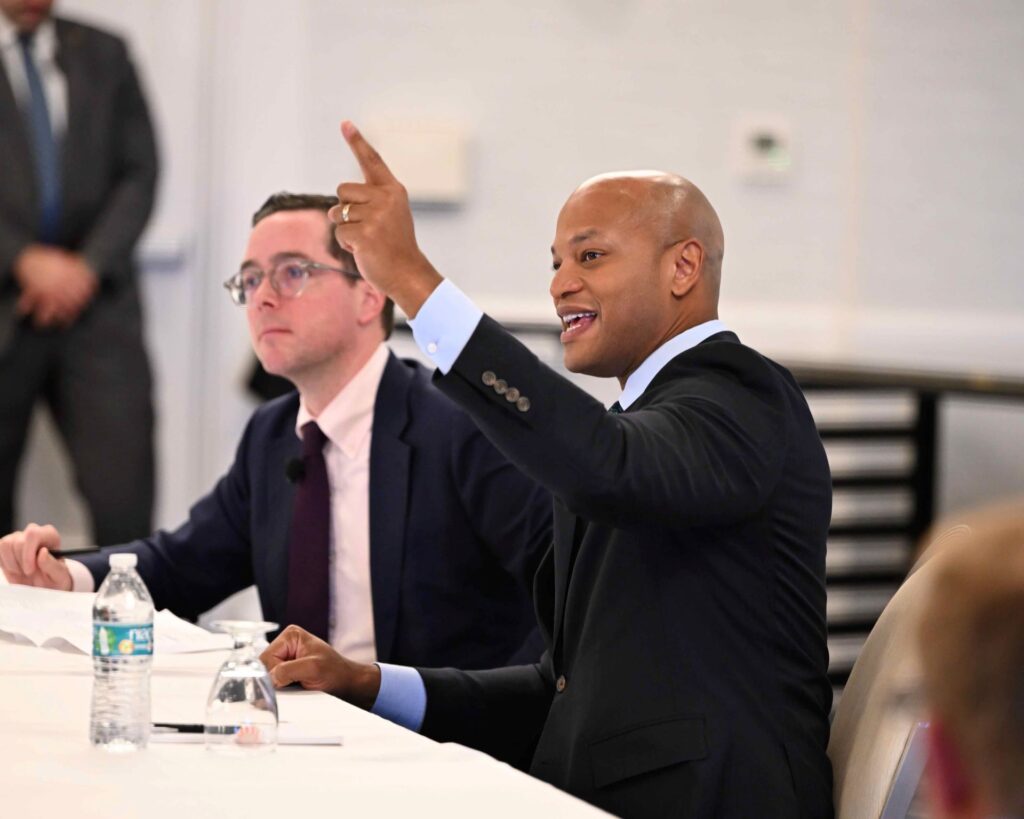
Maryland Governor Wes Moore joined the event for a fireside chat in which he shared how his own service in the military, government, and non-profits has shaped his definition of and vision for service in Maryland, and how service-to-career pathways fits into his broader workforce development policy agenda. Governor Moore detailed the impact his signature Service Year Option is set to have in Maryland, saying, “Service does not just change your now, it changes your lens. There is a labor participation and a labor training divide that we have to address. The service year option is helping to address both.”
To kick off the action lab, the NGA Center provided a walkthrough of its new publication, Service as a Pathway to Economic Opportunity: A Roadmap for Governors, which lays out five key elements with related strategies and policy options for Governors to consider as they develop and execute a vision for service-to-career pathways. To highlight these promising practices in action, speakers from Idaho and Minnesota showcased how they are working to create equitable access to workforce training and service programs, including Idaho LAUNCH and the Minnesota Recovery Corps. Later on, representatives from Colorado, Utah, and Maryland shared how they’re coordinating across state government and with employers and non-profits to stand up innovative service-to-career pathways, including the Colorado Public Health Works Apprenticeship, the proposed One Utah Service Fellowship, and the Maryland Service Year Option. In addition to providing career development opportunities, service can break down barriers — the goal of Utah Governor Spencer Cox’s NGA Chair’s Initiative: Disagree Better.
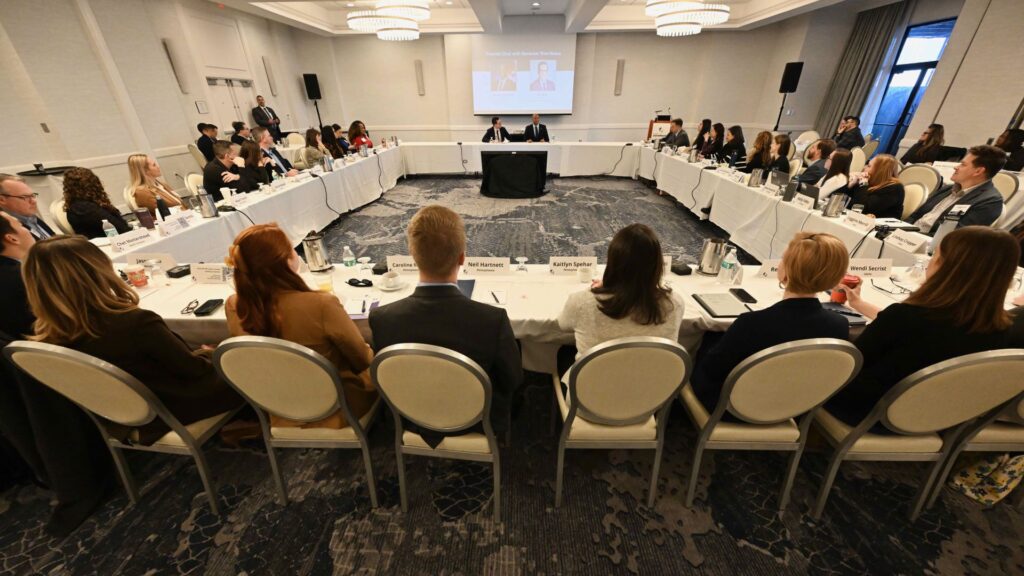
NGA Center staff detailed which federal funding streams may be tapped to support service-to-career pathways, including key AmeriCorps programs, the Workforce Innovation & Opportunity Act, and relevant programs in the Infrastructure Investment and Jobs Act and the Inflation Reduction Act. To conclude the first day of programming, participants in Maryland service programs shared how their service experience has impacted their lives and is shaping their career trajectory. Host site partners from the public and private sectors discussed how service members are contributing to their organizations.
The 10 state teams on-hand took what they learned throughout the first day of programming into a workshop to identify their state’s unique priorities and goals for service-to-careers. Once they reached consensus on their goals, the teams identified their next action steps required to achieve their goals when they returned to their home states. The NGA Center and the Schultz Family Foundation will work to support states in maintaining this momentum, providing technical assistance in the coming months to help them achieve their goals.
For more information on the NGA Center’s work to support Governors in developing service-to-career pathways, please visit the project page or contact Jack Porter at jporter@nga.org.
